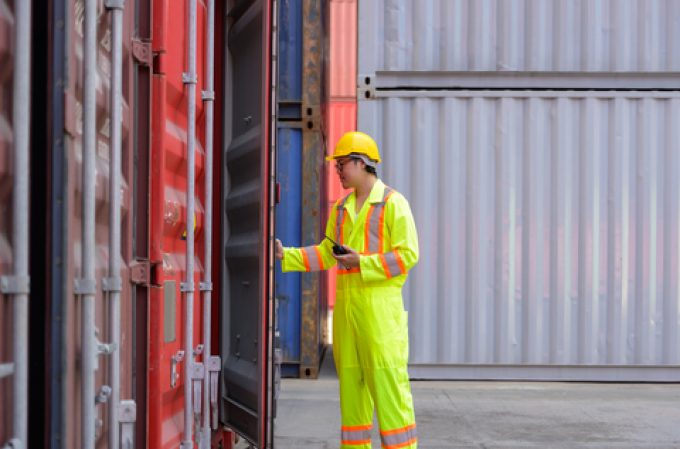European port congestion easing – for now
Port congestion across North Europe’s key hubs appears to be abating – although the relief ...

As part of the Resilient Port Terminals (WHT) project, Dutch customs has shortened the notice period for inspections at the port of Rotterdam.
And there were warnings that the container shipping industry needs to boost its security measures to match those in aviation.
Maersk informed ...
MSC switches two more Asia-Europe port calls from congested Antwerp
Canada and Mexico get cosy with trade plan to bypass US
Front-loading frenzy has made traditional H2 peak season 'unlikely'
Tradelanes: Export boom in Indian sub-continent triggers rise in airfreight rates
Carriers introduce surcharges as congestion builds at African ports
Mexican airport modernisation plan unlikely to boost cargo facilities
Tradelanes: Overcapacity on Asia-S America impacting alliances and rates
Ports and supply chain operators weigh in on funding for CPB

Comment on this article